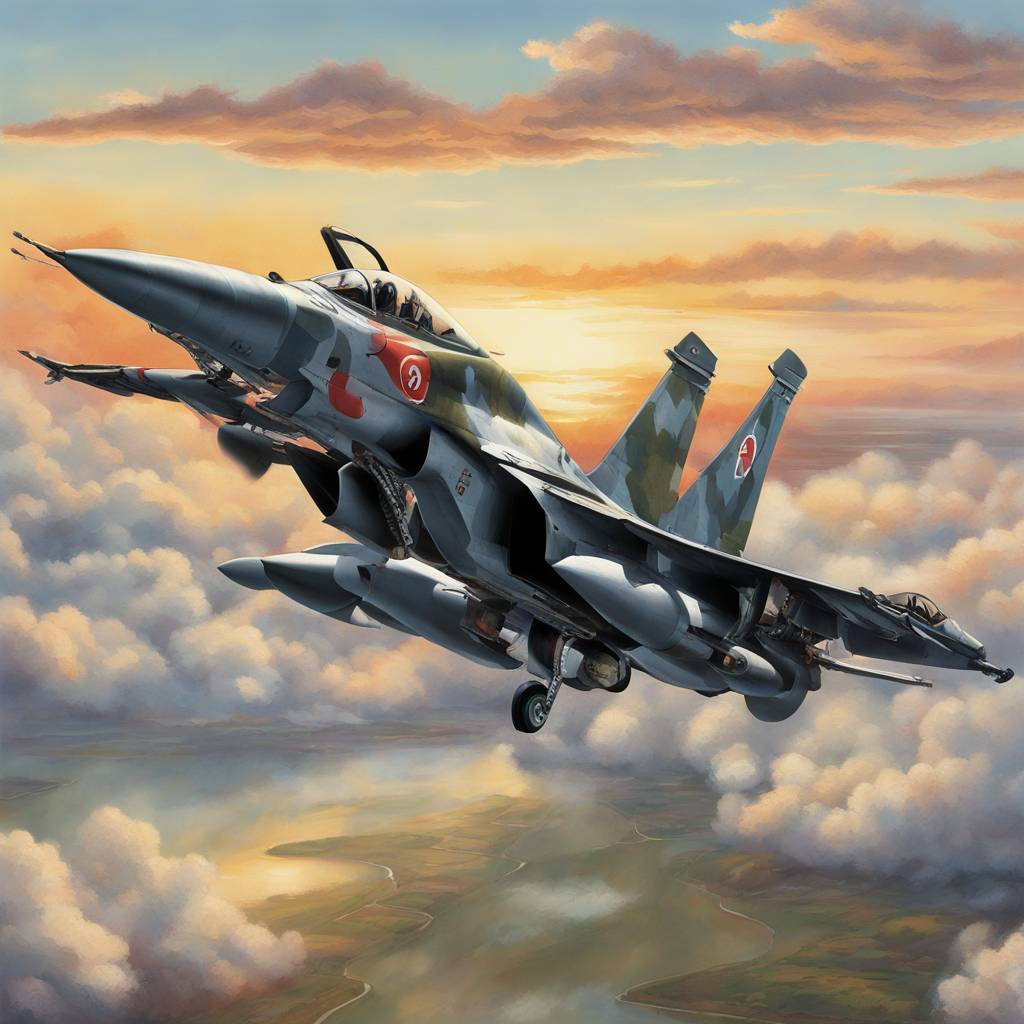Japan’s Cabinet has approved a plan to sell future next-generation fighter jets jointly developed with Britain and Italy to other countries, marking a shift away from the country’s postwar pacifist principles. The decision to allow international arms sales is aimed at securing Japan’s role in the joint fighter jet project and strengthening the Japanese arms industry. Despite the move, Japan’s Chief Cabinet Secretary emphasized that the country’s pacifist principles remain unchanged, stressing the importance of maintaining a strict approval process for jet sales.
The revision to Japan’s arms equipment and technology transfer guidelines now permits coproduced lethal weapons to be sold to countries outside of the project partners. This marks a significant departure from Japan’s long-standing policy of restricting arms exports under its pacifist constitution. The changes were deemed necessary in light of Japan’s security environment and the need to transfer finished products to countries beyond the project partners to ensure the defense of Japan. However, the government has assured that strict controls will be in place to prevent the use of Japanese arms in active wars.
Japan is collaborating with Italy and Britain to develop an advanced fighter jet to replace its aging fleet of American-designed F-2 fighters and the Eurofighter Typhoons used by the British and Italian militaries. The joint Global Combat Air Program (GCAP) is based in Britain and aims to deploy the new jet in 2035, offering advanced capabilities needed by Japan to counter regional rivals such as China and Russia. The decision to allow the export of lethal weapons is seen as a strategic move to strengthen Japan’s defense capabilities and enhance its technological edge.
Critics of Prime Minister Fumio Kishida’s government have raised concerns over the lack of public explanation or approval for the fighter jet project. To address these concerns, the government has limited the export of codeveloped lethal weapons to the jet and pledged not to sell arms for use in active wars. The revised guidelines currently apply only to the jet, with strict oversight and Cabinet approval required for any potential sales. The scope of potential purchasers is limited to the 15 countries with defense partnership and equipment transfer agreements with Japan.
Japan’s decision to ease restrictions on arms exports follows a gradual shift towards deregulation in recent years, starting with the export of nonlethal military supplies in 2014. The latest move to permit exports of finished products aims to support the development of the new fighter jet and allow Japan to play a more active role in the project. Italy and Britain are looking to make sales of the jet to offset development and manufacturing costs, emphasizing the importance of international partnerships in the defense industry. This shift aligns with Japan’s efforts to enhance its global security role, as demonstrated by Prime Minister Kishida’s upcoming state visit to Washington to discuss military and defense industry partnerships.













